Your cart is currently empty!
Tea in Nepal: Exploring the Himalayan Brew
Tea in Nepal: Exploring the Himalayan Brew
Tea in Nepal is not just a beverage; it’s an experience that encapsulates the essence of the Himalayas in a cup. This article delves deep into the world of Nepali tea, from its roots in the misty mountains to the art of brewing that delivers the finest flavors. Join us on a journey of exploration, as we unravel the captivating story of tea in Nepal.
Sipping History and Culture
Nepal, nestled among the towering peaks of the Himalayas, boasts an ideal climate for cultivating tea. The practice of tea cultivation dates back to the mid-19th century, introduced by the British who recognized the region’s potential. The rich soil, high altitudes, and abundant rainfall provide the perfect conditions for producing tea leaves with unique flavors and profiles.
Tea is not just a commodity in Nepal; it’s an integral part of the culture. From leisurely sips during social gatherings to the warmth it brings in chilly mountain evenings, tea is a way of life. Let’s embark on an insightful journey to discover the fascinating facets of tea in Nepal.
Types of Tea in Nepal
Nepal offers an array of tea types that cater to diverse preferences. From the delicate notes of white tea to the robust character of Oolong Tea, each type tells a unique story. Notable varieties include:
White Tea: Known for its delicate aroma and minimal processing, this tea preserves the natural flavors of the leaves. Nepal’s white tea offers a unique flavor profile that is influenced by the region’s terroir – the combination of climate, soil, and altitude that affects the tea’s taste. The resulting brew is often light and subtly sweet, with floral and vegetal notes. Some variations of Nepali white tea might also have a slightly fruity undertone.
Black Tea: With bold flavors and rich aromas, black tea is a staple for tea enthusiasts. Nepal produces a range of black teas, each with its unique flavor profile, influenced by factors such as altitude, climate, and processing techniques. Some teas are known for their floral and fruity notes, while others might have a more robust and malty taste.
Green Tea: Prized for its health benefits, Nepali green tea offers a refreshing and slightly grassy flavor. Nepalese green tea is characterized by its fresh and grassy taste, often accompanied by floral undertones. It has a slightly milder flavor compared to some other green teas, making it appealing to a wide range of tea enthusiasts. The tea leaves are typically processed through methods that prevent excessive oxidation, preserving the vibrant green color and delicate taste.
Cultivation: Nurturing Nature's Bounty
Tea cultivation in Nepal is an intricate process that requires careful attention and expertise. The tea estates are meticulously maintained, and the plucking of tea leaves is an art in itself. The leaves are hand-plucked to ensure only the finest ones are selected, contributing to the exceptional quality of Nepali tea.
From Garden to Cup: The Art of Processing The Plucking Ritual
Tea plucking is a skilled practice passed down through generations. The pluckers, often women, traverse the undulating terrain, selecting the tender leaves at their optimal stage. This labor-intensive process highlights the dedication that goes into each cup of Nepali tea.The journey from tea gardens to teacups involves several intricate steps that contribute to the distinct flavors of Nepali tea. The leaves are withered, rolled, oxidized, and dried with precision, each phase enhancing the final product’s complexity.
Traditional vs. Modern Processing
While traditional methods are still cherished, modern techniques have found their place in Nepal’s tea industry. These methods focus on preserving the leaves’ integrity and capturing the unique terroir of the region.
Embracing the Tea Culture: Experiences in Nepal
Visiting Nepal offers the opportunity to immerse yourself in its vibrant tea culture. Tea houses and stalls are scattered across the country, inviting travelers to savor the flavors while connecting with locals. Engage in conversations, learn about tea rituals, and witness the art of tea preparation firsthand.
Tea Tourism and Experiential Travel
Tea tourism has gained traction in Nepal, offering travelers a chance to explore the scenic tea gardens and engage in interactive experiences. From plucking tea leaves to participating in tea-tasting sessions, these tours provide an authentic glimpse into the world of tea cultivation.
Frequently Asked Questions
What makes Nepali tea unique? + -
The Himalayan terrain imparts distinctive flavors to the tea leaves, resulting in a complex and aromatic cup.
Is Nepali tea similar to Indian tea? + -
While there are similarities, Nepali tea boasts a unique flavor profile due to its geographical location and climate
Can I purchase Nepali tea outside of Nepal? + -
Yes, Nepali tea is exported worldwide, allowing tea enthusiasts to enjoy its flavors no matter where they are.
How should I brew Nepali tea? + -
Here's a general guide on how to brew different types of Nepali teas
Black Tea:
Boil water (100°C / 212°F). Steep 3-4 min. 1 tsp tea leaves per 8 oz water.
Green Tea:
Warm-hot water (75-80°C / 167-176°F). Steep 2-3 min. 1 tsp tea leaves per 8 oz water.
White Tea:
Warm water (80°C / 176°F). Steep 2-3 min. 1 tsp tea leaves per 8 oz water.
Oolong Tea:
Hot water (85-90°C / 185-194°F). Steep 3-5 min. 1 tsp tea leaves per 8 oz water.
Golden tea
(80-85°C / 176-1185°F: Steep time 2-4 min. 1 tsp tea leaves per 8 oz water
These are general guidelines and can be adjusted based on personal preferences. Experimenting with water temperature, steeping time, and tea-to-water ratio can help you discover the perfect brew that suits your taste.



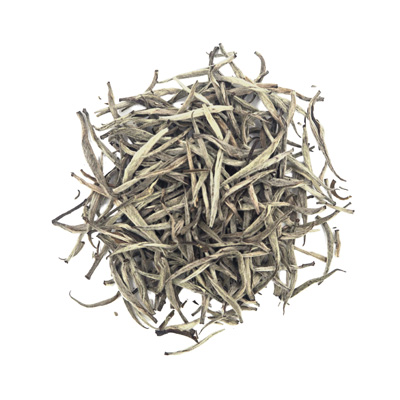
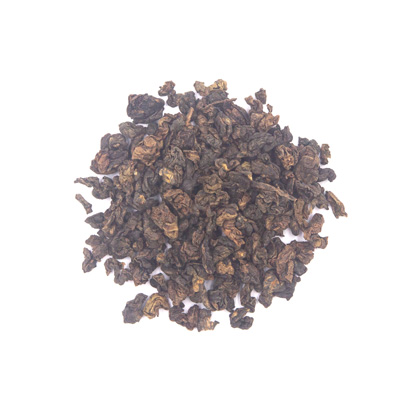
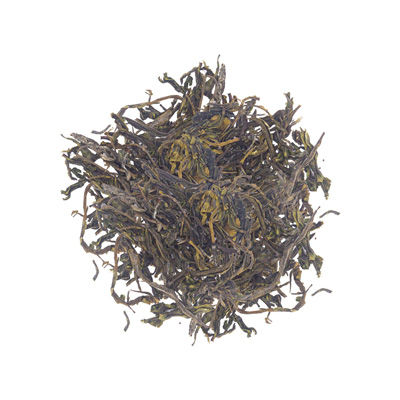
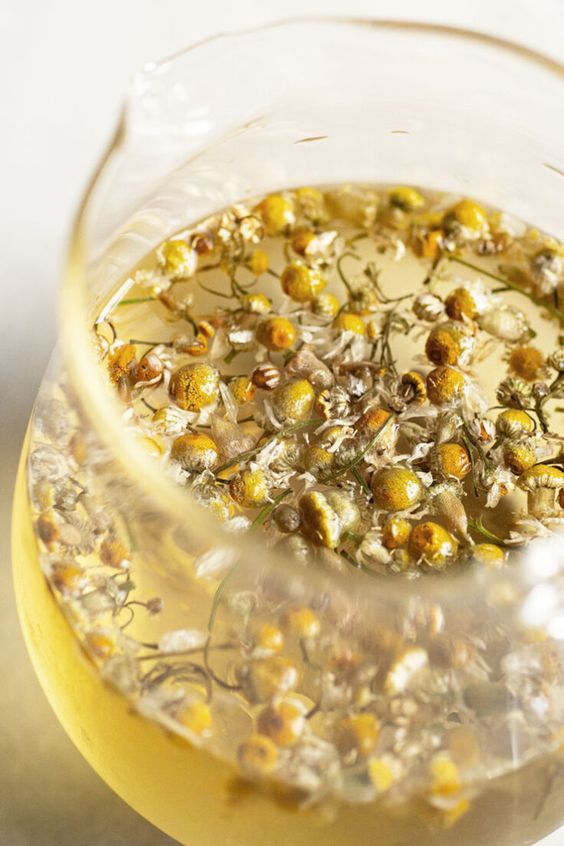
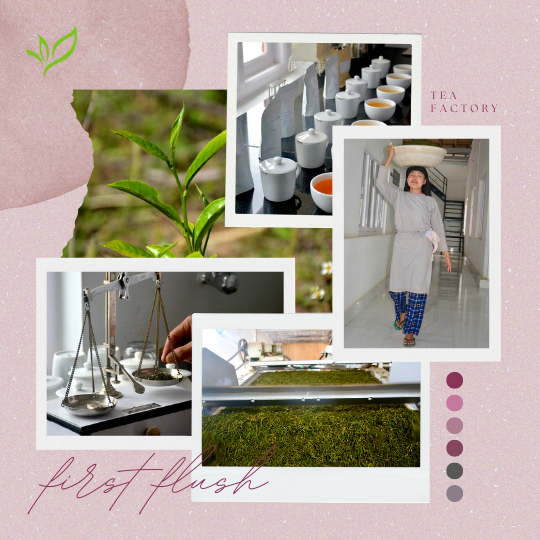
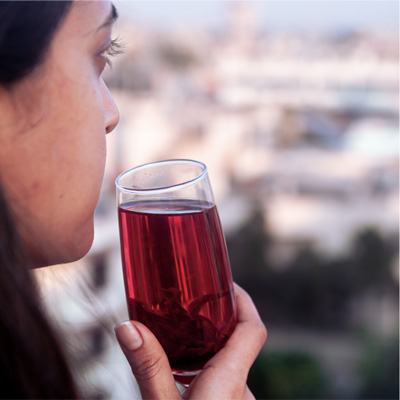
Leave a comment